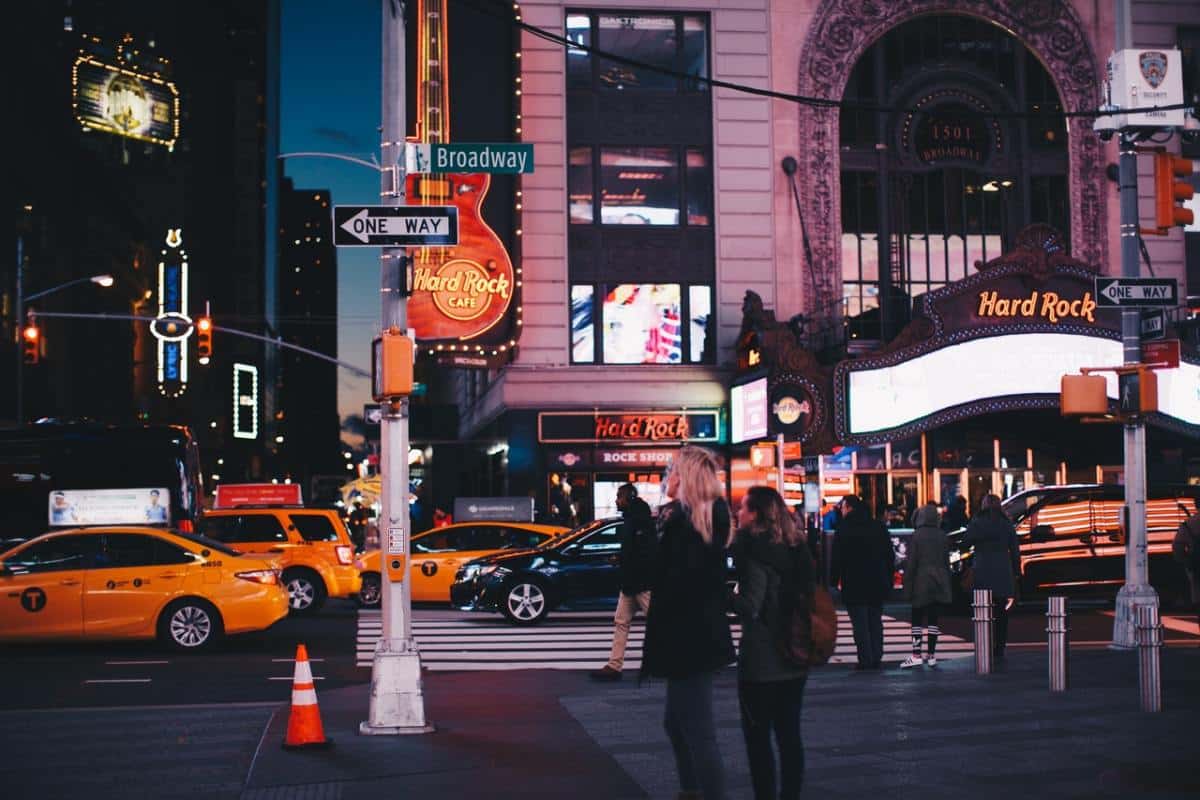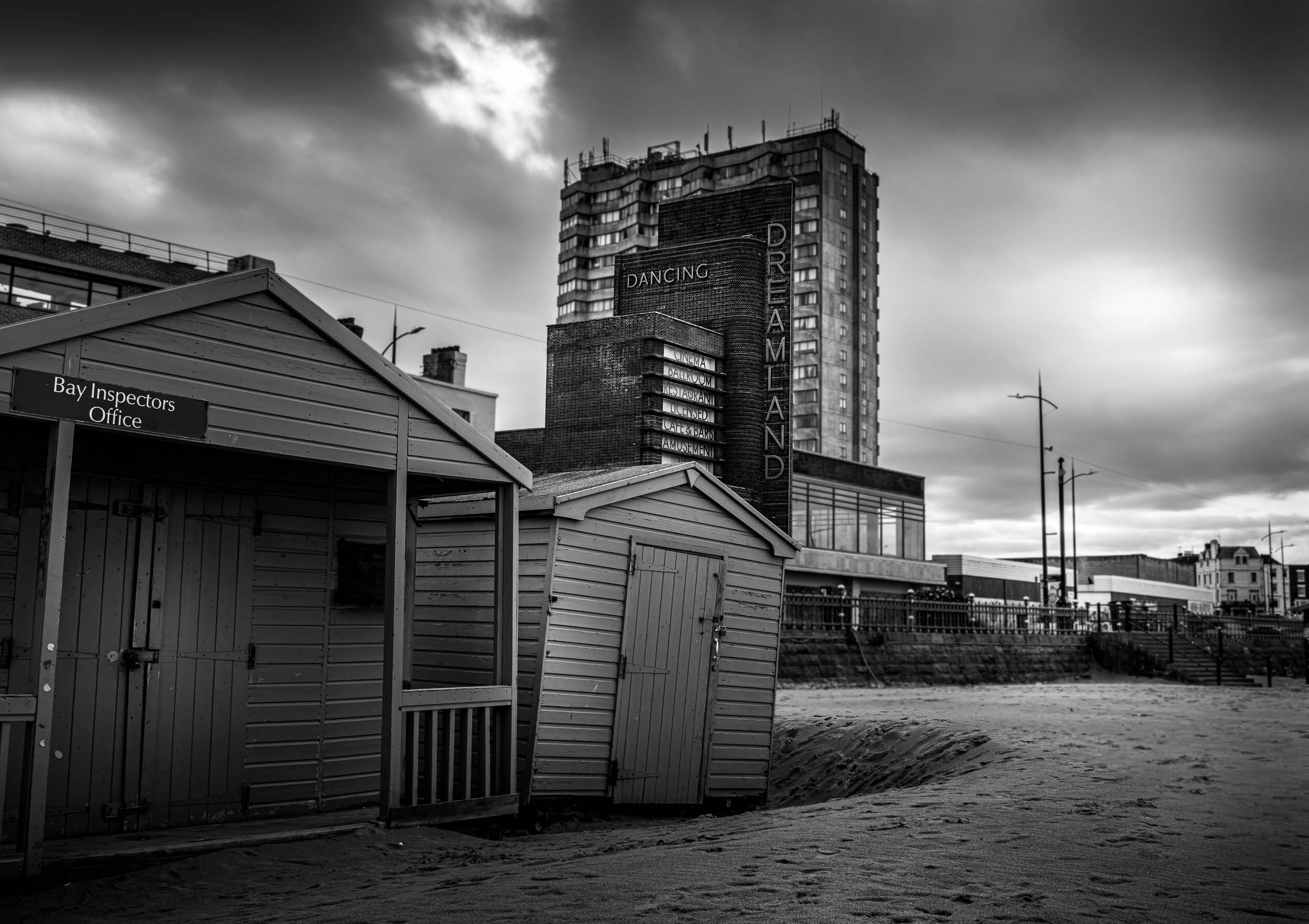The Single Strategy To Use For Street Photographers
The Single Strategy To Use For Street Photographers
Blog Article
The Buzz on Street Photographers
Table of ContentsStreet Photographers Things To Know Before You BuyThe Best Guide To Street Photographers3 Simple Techniques For Street PhotographersThe Main Principles Of Street Photographers What Does Street Photographers Mean?
, a genre of digital photography that documents everyday life in a public location. The very publicness of the setup allows the digital photographer to take candid images of unfamiliar people, typically without their knowledge. Road digital photographers do not necessarily have a social objective in mind, but they favor to separate and capture minutes which may otherwise go unnoticed.Though he was influenced by a number of those that affected the street digital photographers of the 1950s and '60s, he was not chiefly curious about capturing the spirit of the road. The impulse to visually document people in public began with 19th-century painters such as Edgar Degas, douard Manet, and Henri de Toulouse-Lautrec, that functioned side by side with photographers attempting to catch the significance of urban life.
Because of the somewhat primitive modern technology offered to him and the long exposure time needed, he had a hard time to record the stress of the Paris streets. He try out a collection of photographic methods, attempting to discover one that would enable him to record activity without a blur, and he discovered some success with the calotype, patented in 1841 by William Henry Fox Talbot. As opposed to Atget, digital photographer Charles Marville was employed by the city of Paris to develop an encyclopaedic paper of Haussmann's urban planning job as it unfolded, thus old and new Paris. While the professional photographers' topic was essentially the very same, the results were noticeably various, demonstrating the influence of the professional photographer's bent on the character of the photos he generated.
The smart Trick of Street Photographers That Nobody is Discussing
Provided the great high quality of his pictures and the breadth of material, designers and artists often got Atget's prints to utilize as reference for their own job, though industrial rate of interests were rarely his primary motivation. Instead, he was driven to photo every last residue of the Paris he enjoyed. The mingled passion and seriousness of his objective luster through, causing photos that narrate his own experience of the city, high qualities that expected road digital photography of the 20th century.

Unlike his peers, Brassa used a larger-format Voigtlnder cam with a longer direct exposure time, forcing him to be a lot more computed and thoughtful in his practice than he might have been if using a Leica. (It is believed that he might not have had the ability to pay for a Leica at that time, however he did, nonetheless, use one in the late 1950s to take colour photos.) Brassa's pictures of the Paris underworld lit up by fabricated light were a revelation, and the compilation of the collection that he released, (1933 ), was a major success.

What Does Street Photographers Do?
It is due to this fundamental understanding of the art of picture taking that he is commonly attributed with rediscovering the medium around once more about a century because its wikipedia reference development. He took pictures for greater than a half century and influenced generations of digital photographers to trust their eye and instinct in the minute.
These are the concerns I will try to answer: And after that I'll leave you with my own interpretation of street photography. Yes, we do. Let's begin with specifying what a definition is: According to it is: "The act of specifying, or of making something definite, distinct, or clear".
No, definitely not. The term is both restricting and misguiding. Seems like a street digital photography must be pictures of a streets best?! And all street photographers, besides a handful of outright newbies, will completely appreciate that a street is not the vital part to street photography, and in fact if it's this a photo of a road with maybe a few monotonous individuals not doing anything of interest, that's not road digital photography that's a picture of a street.
Street Photographers Can Be Fun For Everyone
He makes a valid factor don't you think? However, while I concur with him I'm unsure "honest public photography" will certainly capture on (although I do sort of like the term "candid digital photography") because "street photography" has actually been around for a very long time, with many masters' names affixed to it, so I think the term is below to stay.
Inside?! I hear you scream as you tremble your fist to the skies. Why not? You can contend blog the coastline, at a celebration, in an alley, in a park, in a piazza, in a coffee shop, at a museum or art gallery, in a city station, at an occasion, on a bridge, under a bridge ...
Yes, I'm scared we have no choice! Without regulations we can not have a meaning, and without a definition we do not have a genre, and without a style we don't have anything to specify what we do, and so we are stuck in a "rules meaning genre" loop! And no-one wishes to obtain embeded a loophole. - Street Photographers

Report this page